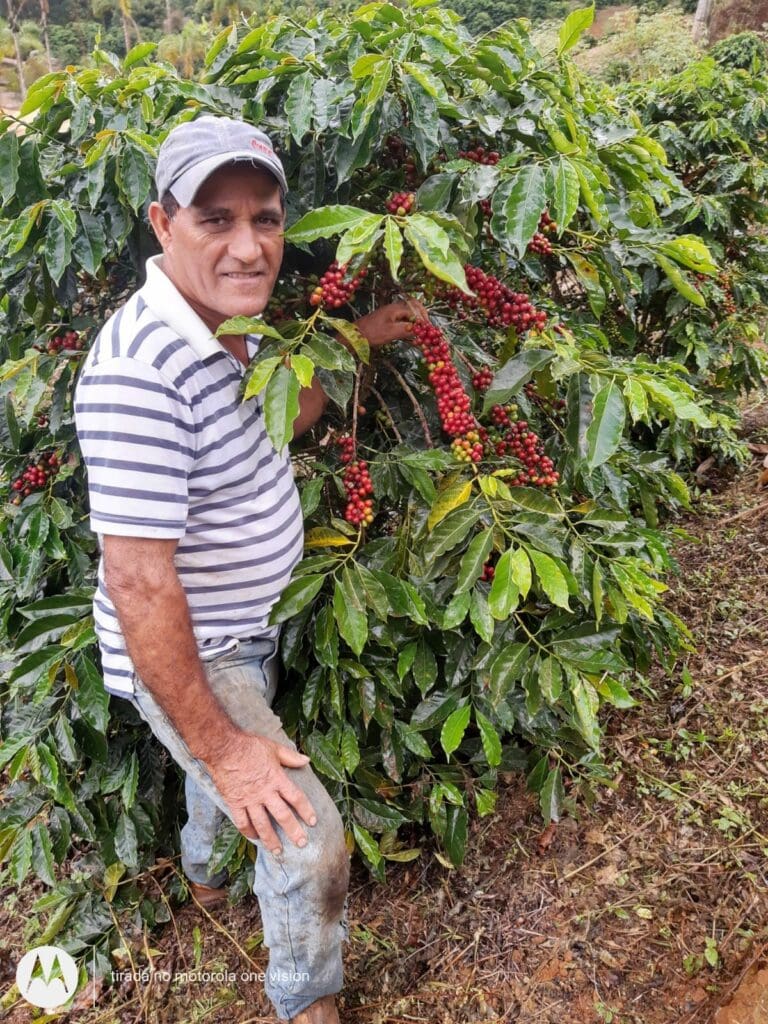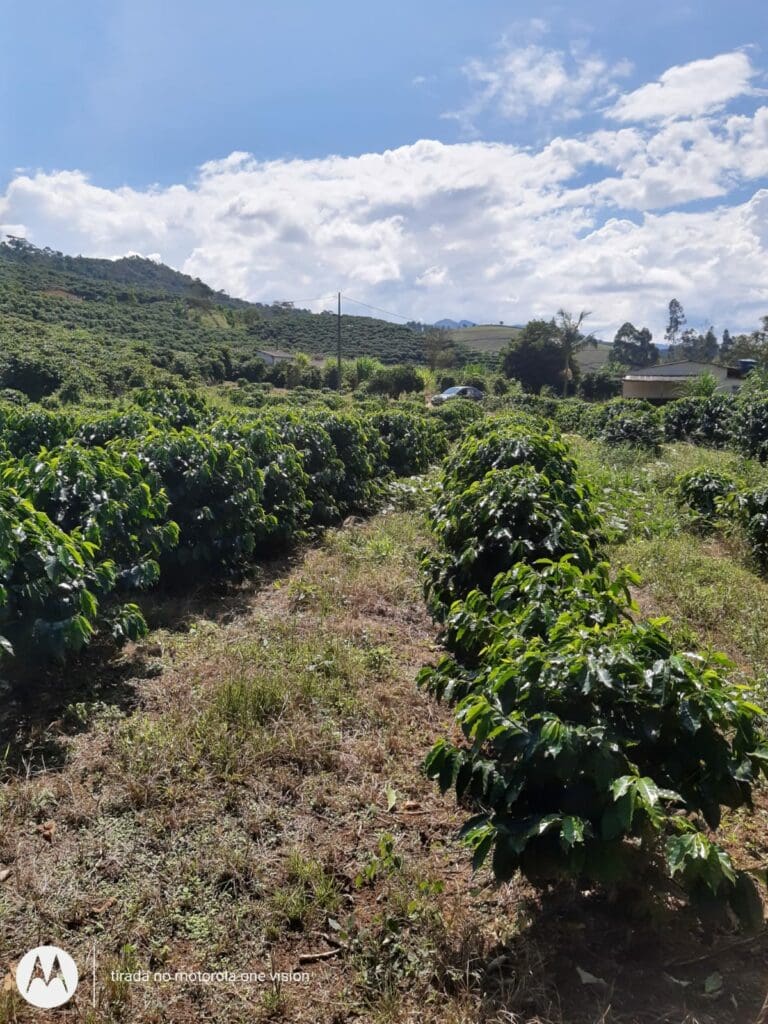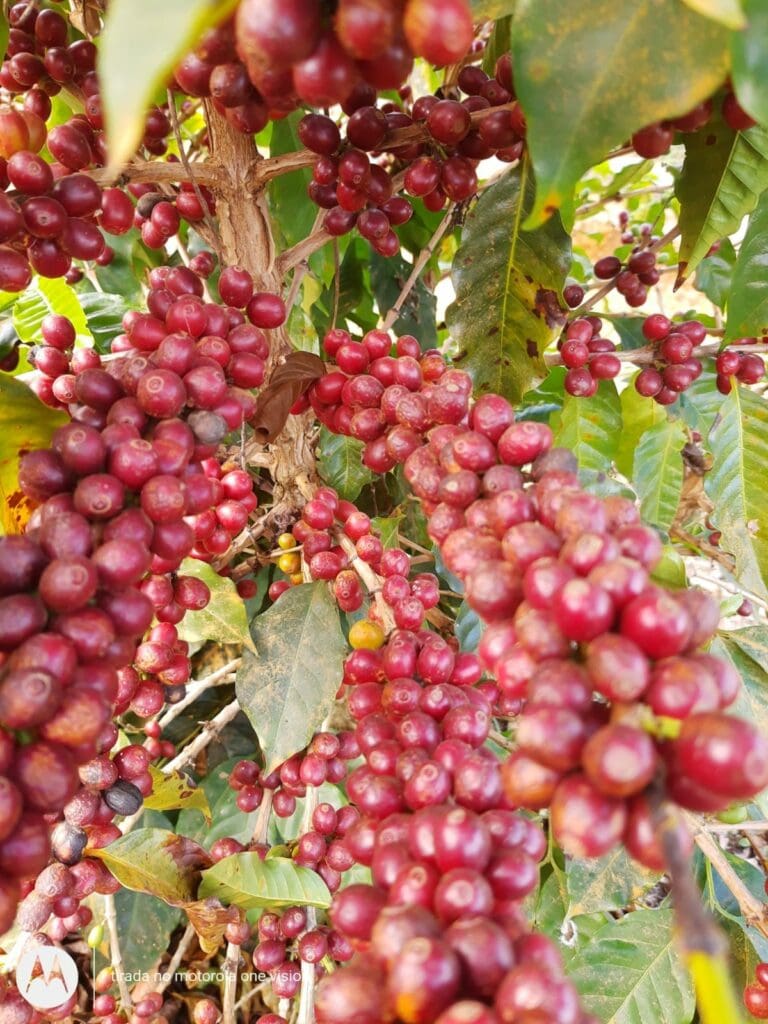Wiliam Garcia da Roza is a second generation coffee producer operating Fazenda Córrego Vargem Grande alongside his brothers in the Caparaó region of Brazil. Wiliam’s father, Mr. Gilson Garcia Roza, began growing coffee when he purchased Fazenda Córrego Vargem Grande which was already planted with some coffee in the 1960s. He slowly increased his crops over the years as he raised Wiliam and his 10 siblings, passing on the legacy and the property to the children to carry on the tradition.
Fazenda Córrego Vargem Grande covers 45 hectares of land and is planted with nine hectares of coffee. Wiliam and his brothers each manage their own part of the property, but work collaboratively throughout the year to help each other manage their crops. Today, Wiliam also has the support of his wife, Celina Roza, and their children Jeiron and Jessica, who are all involved in coffee production as they join in the family’s coffee legacy.
This lot of Red Catuai coffee underwent Natural processing. Catuai was developed by the Instituto Agronomico (IAC) of Sao Paulo State in Campinas, Brazil by crossing Mundo Novo and Caturra varieties. Catuai coffees are cultivated widely across Brazil, and are known for their high productivity potential.




